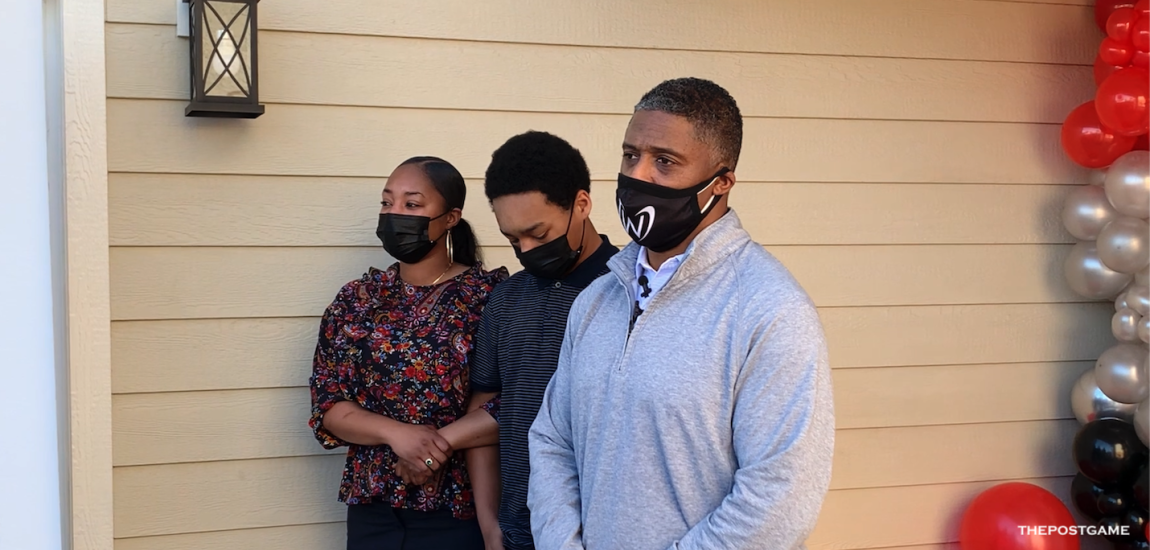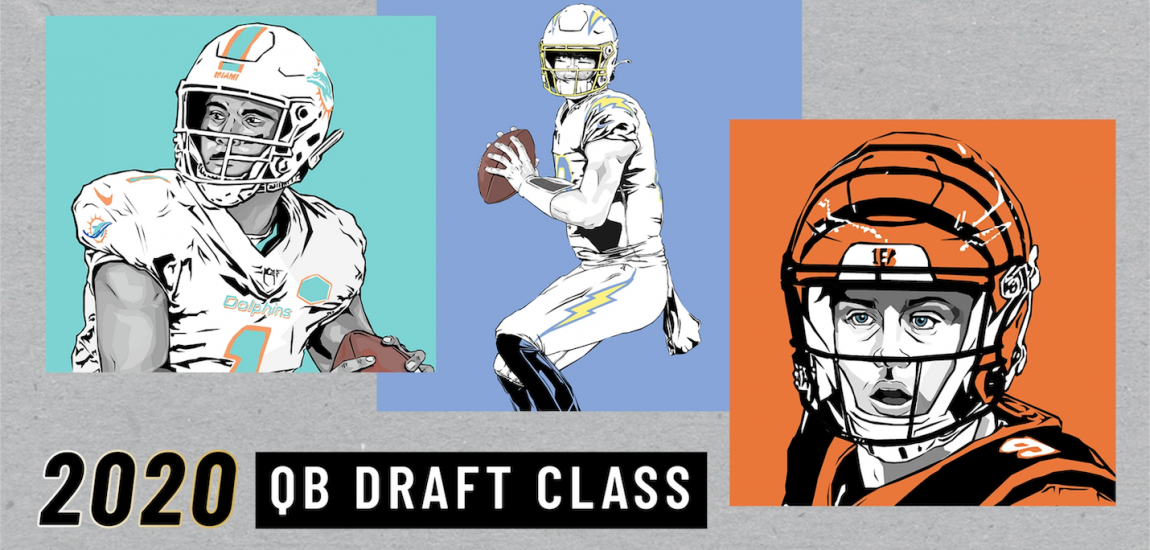Wear layers, Vikings and Seahawks fans. If the current forecast holds, the NFC wild-card playoff game will rank among the coldest football games ever played.
At the moment, forecasts predict a kickoff temperature of zero degrees Fahrenheit, with the possibility of temperatures warming slightly as the game goes on. Zero degrees would move the Minnesota-Seattle matchup into a tie for the seventh-coldest NFL game ever played.
That's not counting wind chill, either, which is expected to clock in around negative-15 to negative-20 degrees Fahrenheit. At a certain point, the numbers mean nothing: Cold is cold.
Here is the top 10 coldest NFL games...the @vikings game this Sunday is almost a lock for this list @myfox9 pic.twitter.com/othqGcbwbE
— ian leonard (@ian_leonard) January 5, 2016
The coldest game on record is the famous Ice Bowl, which was a frigid minus-13. Its windchill was even worse, reaching minus-48. Barring a significant change in the forecast, the Minnesota game won't touch the Ice Bowl's record. A more realistic goal would be the Minnesota record of minus-2, set in a Vikings game on December 3, 1972.
That would rank as the sixth-coldest in NFL history. Regardless, the cold will be extreme enough to add an extra layer of drama to an already tense matchup. Extreme conditions may be a much-needed advantage for the Vikings, who suffered a home-field beat down by the Seahawks, 38-7, last month.

















